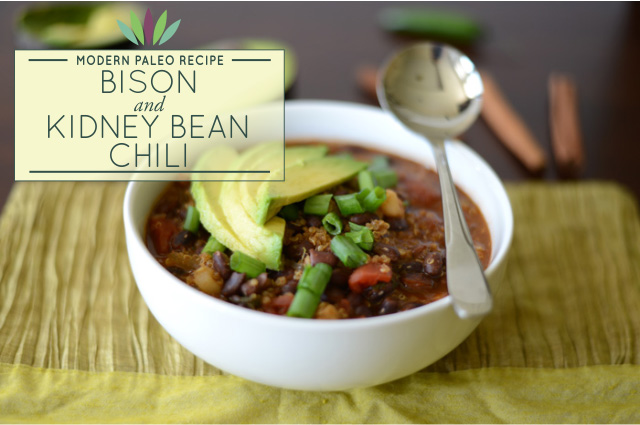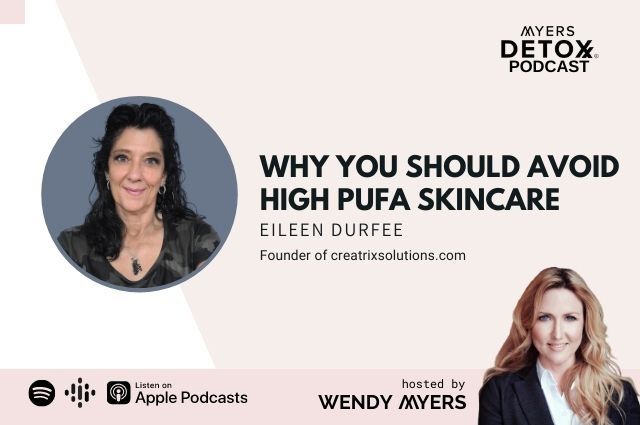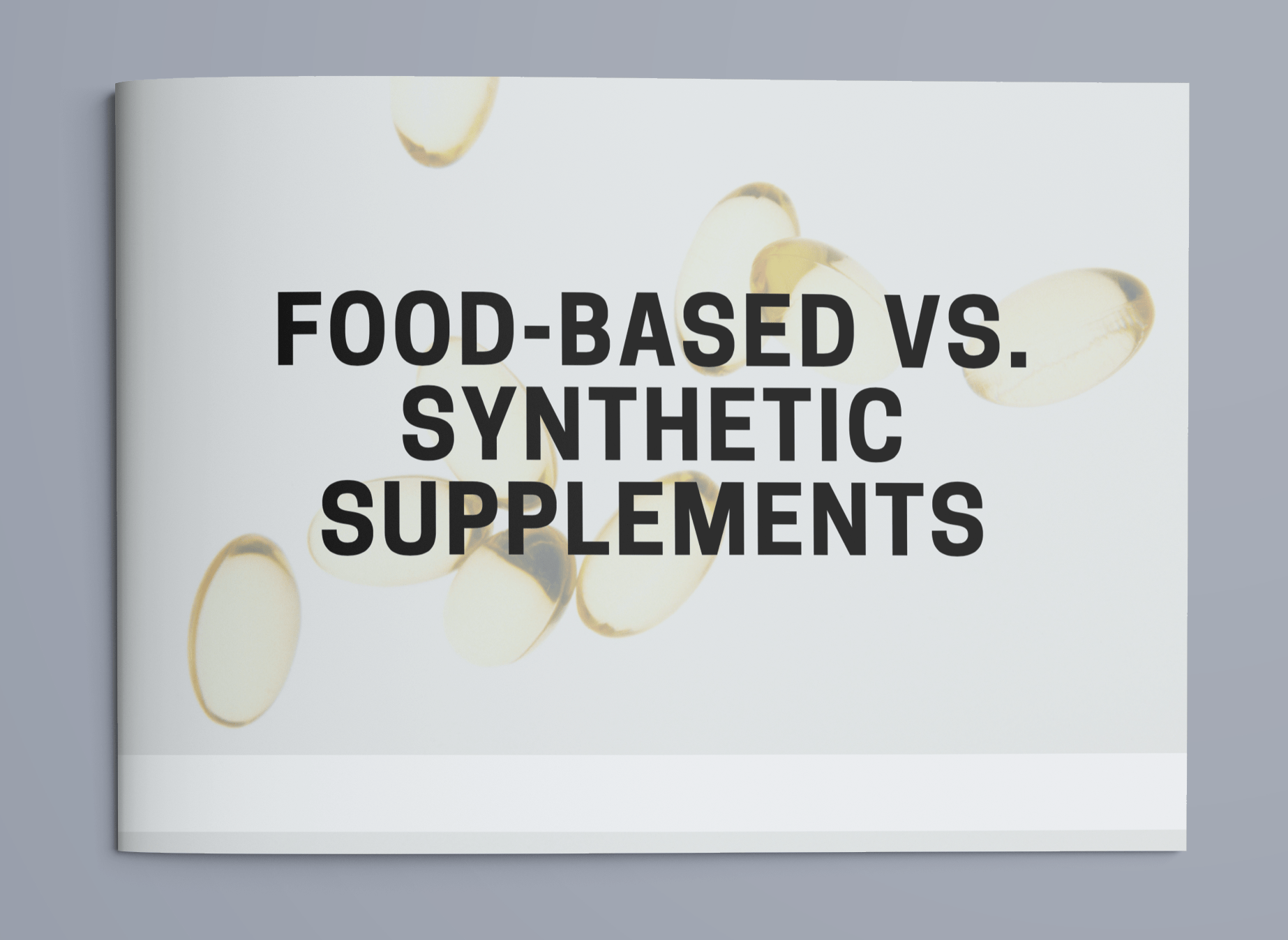Microplastics In Our Food, Water & Air: Important New Research
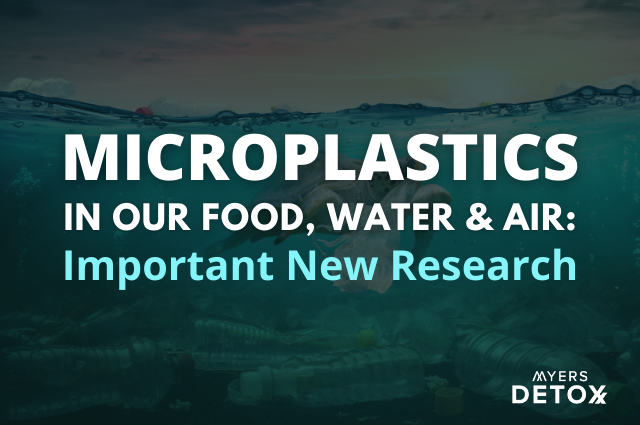
Information released by the The Word Wild Fund (WWF) states that globally, we are ingesting an average of five grams of plastic every week. What do five grams of plastic look like? It’s about the size of a credit card. Take a moment to visualize that…you may be ingesting the equivalent of a credit card’s worth of plastic each week[1].
Since the 1950s, the production of plastic has increased 200-fold, and since 2000 it’s increased at a rate of 4% each year. Keep in mind that these numbers represent virgin plastic – not plastic that’s being recycled.
While efforts have been made to recycle plastic, we’re still producing enormous amounts of this material every day. As a result, our environment has become riddled with plastic residues, which are working their way into almost every natural setting on this planet.
In this article, we’ll explore:
- How plastic gets into your body (microplastics)
- The rate at which plastic is polluting our environment and wildlife
- Long term dangers of plastic consumption
- Steps you can take to limit your plastic exposure
What Are Microplastics?
If you’re wondering how your body is able to absorb plastic, the answer is microplastics. Microplastics are tiny fragments of plastic, five millimeters or smaller, that can make their way into our food, drinking water, and even the air we breathe[2].
Both primary and secondary microplastics exist in our environment. Primary microplastics are released as small particulates from everyday products such as shower gel microbeads, tire abrasion, and clothing and textile fibers. Secondary microplastics come from the degradation of larger plastics such as plastic bags and plastic bottles.
How Microplastics Get Into Your Body
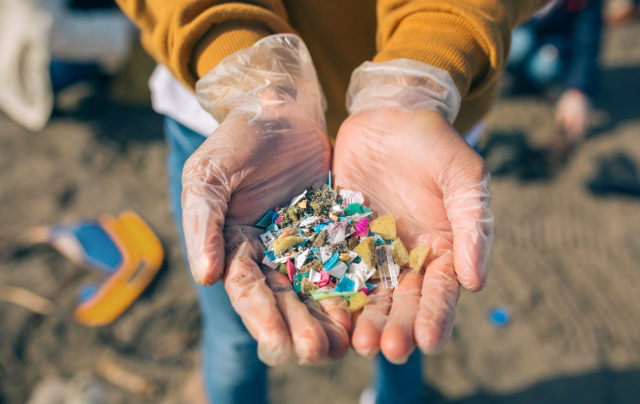
Microplastics exist in our food supply, water, and even the air we breathe. Research shows that microplastic pollution has been shown to alter soil conditions, which can impact both the animals in the area and the plant life growing there[3].
With that being said, investigators report that of all of the sources of microplastics, drinking water is by far the most abundant, with plastic particles polluting groundwater, surface water, tap water, and bottled water. It’s currently estimated that the average person consumes 1,769 particles of plastic every week from drinking water alone!
This number is followed by shellfish at 182 particles per week (or 0.5 grams) due to the fact that shellfish are eaten whole, including their digestive system, after a life in plastic polluted seas.
Inhalation seems to represent only negligible amounts of microplastic ingestion, but the study from WWF does note that indoor air tends to be much higher in microplastics than outdoor air due to limited air circulation and the fact that many synthetic household textiles contain microplastics[1].
Long-Term Health Effects Of Ingesting Plastic
In addition to the plastic itself, many plastics include additives that are dangerous to human health, including inert or reinforcing fillers, plasticizers, BPA, phthalates, UV stabilizers, lubricants, dyes, and flame-retardants[8].
In addition, a range of heavy metals can be found in plastic and its additives, including cadmium, aluminum, and lead[9].
These chemicals have been indicated in endocrine disruption, obesity, various cancers, genotoxicity, neurological abnormalities, hypertension, infertility, heart disease, organ toxicity, cytotoxicity, and much more[10][11].
Steps You Can Take To Limit Your Microplastic Exposure
While it may be nearly impossible to avoid microplastics altogether, you can take steps to mitigate the number of microplastics you’re ingesting on a daily and weekly basis.
#1 Always Drink Filtered Water
With water being the number one source of microplastics, it’s crucial that you keep an eye on where you’re getting your drinking water from. Keep in mind that water coming from plastic bottles is just as bad as tap water, so your best bet is to find a high-quality water filter that you can use at home and take on the go in a non-plastic water bottle.
#2 Avoid Eating Out of Plastic Containers
It can be tricky when you have an on-the-go lifestyle to avoid plastic containers, but to the best of your ability, try to store your home-prepared food in glass containers and avoid taking leftovers or takeout in plastic wrapping. This also goes for plastic and styrofoam cups (for ice coffee, smoothies, etc.)
#3 Cut Down Synthetic Fibers
Today, most of the clothing produced worldwide is made from synthetic fibers like nylon, polyester, and acrylic. These fibers contain high levels of microplastics, and each time you wash them, it releases microplastics into your environment.
Opt for natural fibers such as silk, wool, linen and cotton when possible.
You can also mitigate the release of microplastics into the environment by using a fiber-watching filter in your laundry machine or using a microfiber laundry bag that will trap the microplastics, inhibiting them from escaping into the environment.
#4 Use Natural Personal Care Products
The personal care industry is riddled with chemicals, and plastics are no exception. Although you likely won’t see “plastic” on the ingredient label of your personal care item, there are likely ingredients included that contain microplastics. The most obvious on is facial scrubs and body polishes that use “beads.” These are plastics that end up in the ocean and fish eat them and die. The best way around this one is to opt for natural brands that are free of chemicals and additives and “beads” or “microbeads.”
Plastic and The Environment: A Frightening Outlook
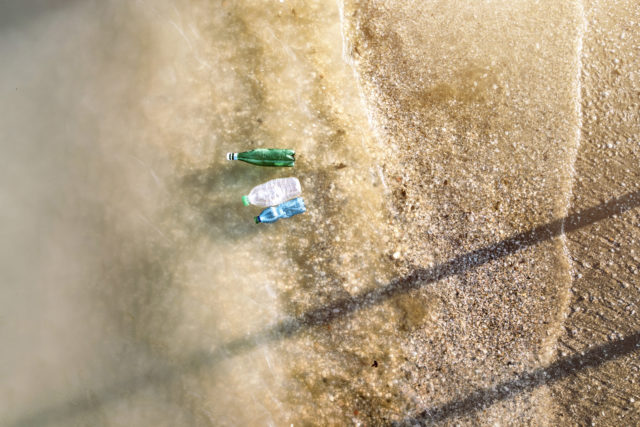
With the ever-increasing rate of plastic production, one obvious question comes to mind – where is all the plastic going? In other words, how much of this plastic is ending up in our environment?
Research shows that approximately one-third of all plastic produced is leaked into nature. In 2016, this accounted for 100 million metric tons of plastic waste[3].
As mentioned, virgin plastic production has increased 200-fold since 1950 and has grown at a rate of 4% each year since 2000. If this rate continues and all predicted plastic production is reached, plastic production could increase by 40% by the year 2030[4].
What’s more, if we don’t start making some big changes, it’s predicted that the ocean will contain one metric ton of plastic for every three metric tons of fish by the year 2025[5].
Is there anywhere on the planet that is free of plastic contamination? It’s unlikely. Reports even show that plastic can be found in Arctic sea ice[6].
What’s Plastic Doing To Wildlife?
The wildlife on this planet is not faring any better than we are when it comes to plastic exposure.
The Word Wild Fund reports that wildlife entanglement has been recorded in over 270 different species, including mammals, reptiles, birds, and fish[1].
It’s also not uncommon for animals to ingest large quantities of plastic in their environment. Unfortunately, due to their sensitive digestive systems, many animals cannot pass the plastic through their gut, resulting in internal abrasions, digestive blockages, and sometimes death[7].
What’s more, toxins from ingested plastic have also been shown to harm breeding and impair immune systems.
Takeaway
Organizations like the WWF are working hard to make the issue around microplastics are more front and center in people’s minds, but it appears we may have a way to go before the government is ready to make big strides in turning the pollution around.
Therefore, it’s up to you to do your small part by becoming more aware of how microplastics may be leaching their way into your body. By far, the most impactful thing you can do is to start with your drinking water, which accounts for around 89% of the microplastic consumption reported worldwide. To learn more, you can check out the WWF report here.
Click Here for References+
-
https://d2ouvy59p0dg6k.cloudfront.net/downloads/plastic_ingestion_web_spreads.pdf
-
de Souza Machado, Anderson Abel, et al. “Microplastics as an emerging threat to terrestrial ecosystems.” Global change biology 24.4 (2018): 1405-1416.
-
https://www.worldwildlife.org/publications/solving-plastic-pollution-through-accountability
-
Peeken, Ilka, et al. “Arctic sea ice is an important temporal sink and means of transport for microplastic.” Nature communications 9.1 (2018): 1-12.
-
Kühn, Susanne, Elisa L. Bravo Rebolledo, and Jan A. van Franeker. “Deleterious effects of litter on marine life.” Marine anthropogenic litter (2015): 75-116.
-
Hahladakis, John N., et al. “An overview of chemical additives present in plastics: Migration, release, fate and environmental impact during their use, disposal and recycling.” Journal of hazardous materials 344 (2018): 179-199.
-
Campanale, Claudia, et al. “A detailed review study on potential effects of microplastics and additives of concern on human health.” International journal of environmental research and public health 17.4 (2020): 1212.
-
Linares, Victoria, Montserrat Bellés, and José L. Domingo. “Human exposure to PBDE and critical evaluation of health hazards.” Archives of toxicology 89.3 (2015): 335-356.
-
Melzer, David, et al. “Association of urinary bisphenol a concentration with heart disease: evidence from NHANES 2003/06.” PloS one 5.1 (2010): e8673.






